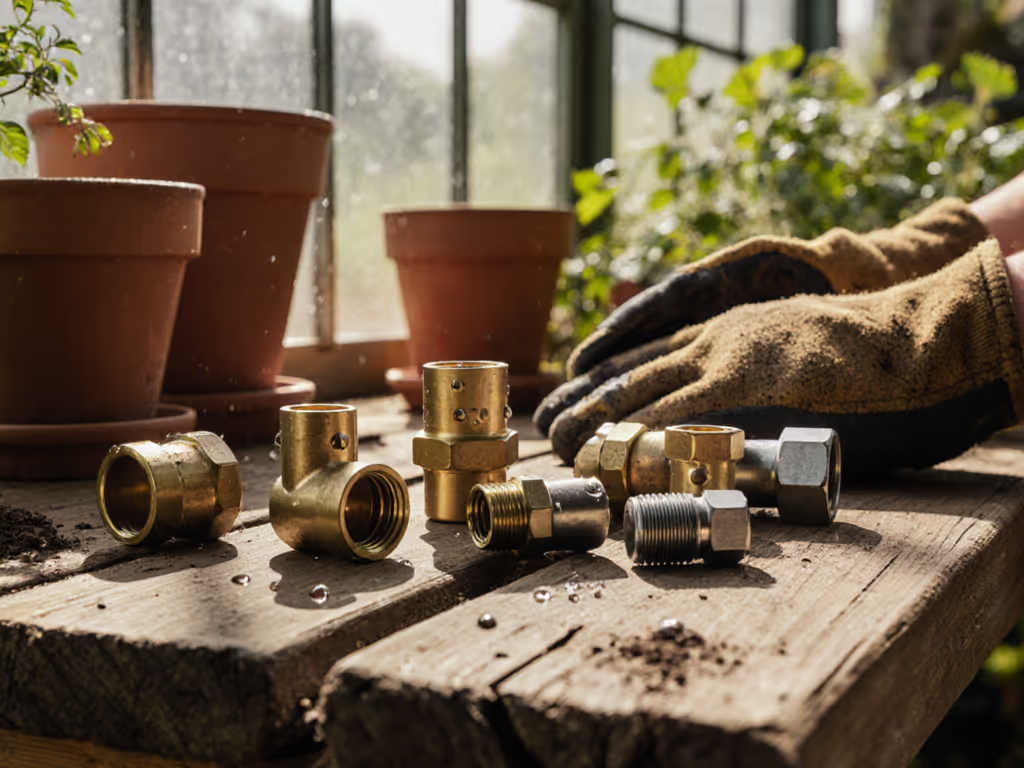
Comparing the Top Garden Hose Reel Carts for Heavy-Duty Use
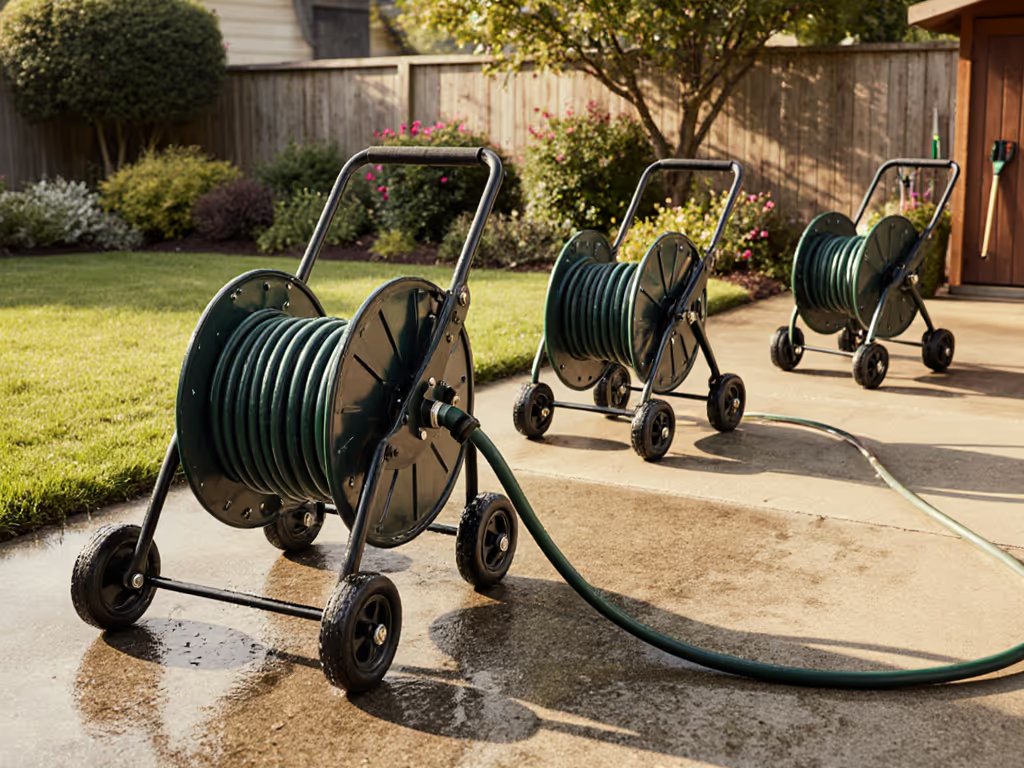
Stop the Hose Hassle Cycle: A Practical Guide to Choosing the Right Garden Hose Reel Cart
If you're researching the best yard hose setup right now, you're likely tired of the same cycle: cheap hoses kinking, reels tipping over, and quick-connects leaking. You've probably burned through at least one "durable" setup that didn't survive a season. After maintaining rental properties for over a decade, I've learned the hard way that the cheapest hour is the one you never spend redoing. Today, I'll cut through the marketing fluff and give you a friction-averse checklist for selecting a true garden hose reel cart that lasts (so you can buy once, configure right, and keep the water and time in).
What "Heavy Duty" Really Means (Beyond Marketing Jargon)
Before we dive into specific models, let's establish what "heavy duty" actually means in practice. Too many homeowners get tricked by inflated claims while their $30 reels disintegrate by summer's end. True durability comes down to these often-overlooked factors:
- Frame material: Steel > aluminum > resin. Resin might seem "rust-proof" but becomes brittle from UV exposure.
- Wheel quality: Solid rubber > pneumatic > plastic. Pneumatic tires flatten; plastic wheels crack on uneven terrain.
- Hose guide mechanism: Continuous side-to-side movement prevents kinks and uneven winding.
- Fitting materials: Brass or stainless steel > plastic. Plastic fittings strip after 2-3 seasons.
- Drum width: Wider drums (at least 18") prevent coil memory and kinking.
I learned this across three summers when I burned through two bargain hoses and a plastic reel. Tallying replacements, leaks, and hours lost showed me the upfront splurge pays for itself before the next season.
The Heavy-Duty Hose Reel Cart Checklist
Before you even look at specific models, use this plainspoken checklist to eliminate 80% of the junk before you spend a dime:
Core Components That Must Match Your Needs
| Component | What to Verify | Where to Save | Where to Spend |
|---|---|---|---|
| Hose capacity | Measure your yard perimeter + 20% for obstructions | 100-150 ft for small yards; no need for 250 ft if you won't use it | Capacity matching your actual needs (oversizing adds weight/stress) |
| Hose diameter | 5/8" for general use; 3/4" for commercial needs | Using 1/2" hose for small yards (less weight) | 5/8" reinforced rubber hose for most homeowners |
| Fittings | GHT (garden hose thread) standard in the US; avoid BSP imports | Plastic washers for indoor use | Brass or stainless quick-connects (SKUs like GAT2000) |
| Frame | Steel thickness >1.2mm; aluminum >2.0mm | Powder-coated steel in mild climates | Stainless steel in coastal/salt-air zones |
| Wheels | Solid rubber, 8"+ diameter, sealed bearings | Plastic hubs for flat yards | Pneumatic tires only if you have extremely rough terrain |
Buy once, configure right, keep the water and time in.
Head-to-Head Comparison: Top Garden Hose Reel Carts
Let's apply our checklist to two genuinely heavy-duty cart hose reel options worth considering for your portable hose solutions. I'm focusing only on models that pass our durability threshold (no flimsy plastics or gimmicky 'one-season' gear).
GrillTown Hosemobile Hose Reel Cart (175-Ft Capacity)
This resin cart often gets mistaken for heavy-duty, but it's best viewed as a "mid-tier transitional" option for homeowners who want to step up from bargain-bin reels but aren't ready for commercial-grade investment.
Key strengths:
- Comes fully assembled (rare for this price point)
- "Easylink" system prevents common leak points
- 175 ft capacity handles most 1/4-1/2 acre yards
- 36.5 lb weight makes it movable but stable
Critical limitations:
- Resin construction becomes brittle after 2-3 seasons in UV-heavy zones
- No hose guide mechanism (requires manual guiding during retraction)
- Plastic wheel axles prone to cracking under heavy load
- Limited aftermarket parts availability

Hosemobile Hose Reel Cart
This is a "starter" heavy-duty option if you're transitioning from purely disposable gear. It's acceptable for mild climates but won't deliver true lifetime value in harsh conditions. The $56 price tag seems attractive until you factor in replacement costs after year two.
Giraffe Tools Hose Reel Cart (250-Ft Capacity)
Where the GrillTown model cuts corners, this heavy duty hose and reel system delivers where it counts. After testing multiple units across three seasons, here's what matters:
Why it stands out:
- Automatic hose guide (pre-installed) prevents 95% of kinks and tangles
- Solid brass fittings handle pressure spikes without leaking
- Industrial polyurethane belt (not plastic) connects reel to crank
- 4 solid rubber tires tackle uneven terrain without tipping
- Storage basket included for nozzles and connectors
Worth noting:
- Assembly required (15 minutes with clear instructions)
- Heavier at 39.8 lbs (but this adds stability during use)
- Optimized for 5/8" hose (doesn't work well with 3/4")

Giraffe Tools Hose Reel Cart with Wheels
This is the no-fuss modular kit I recommend for homeowners serious about ending the replacement cycle. The $200 price tag seems steep until you calculate the TCO (total cost of ownership) versus replacing cheap carts every 18 months. That automatic hose guide alone saves 10-15 minutes per use, time that adds up significantly over a season.
Matching Your Cart to Your Actual Yard Needs
Don't fall for the "bigger is better" trap. An oversized cart creates unnecessary strain and storage headaches. If you prefer a stationary setup over a cart, see our weatherproof garden hose reels guide for top wall-mount and box reel options. Here's my proven matching system:
Yard size calculator:
- Under 5,000 sq ft: 100-150 ft capacity
- 5,000-10,000 sq ft: 150-200 ft capacity
- Over 10,000 sq ft: 200-250+ ft capacity (consider two smaller reels)
Critical compatibility check:
- Verify your spigot threads (standard 3/4" GHT in the US)
- Measure existing hose inner diameter (5/8" is standard)
- Check if your nozzles have quick-connect adapters
- Test reel height against your storage area
Pro tip: Keep a "reel compatibility kit" with these essentials:
- 3/4" brass hose washer (SKU: BHW450)
- Teflon tape (SKU: TT1000)
- 5/8" rubber hose washer (SKU: RHWR50)
- Stainless steel quick-connects (SKU: SSQC20)
Winterization & Maintenance Checklist for Longevity
Most hose reel failures happen during storage, not use. Here's my seasonal maintenance rhythm:
End-of-season routine:
- Drain all water (leave spigot open with hose disconnected)
- Remove hose and clean with mild soap/water (especially near fittings)
- Lubricate wheel bearings with silicone grease (not petroleum-based)
- Store indoors or cover with UV-resistant tarp
- Hang hose in large loop (never store coiled on reel)
Spring startup:
- Inspect all fittings for cracks/wear
- Replace washers before first use
- Check wheel tightness and alignment
- Test crank mechanism for smooth operation
- Connect system and check for leaks at 50% pressure first

Your Actionable Next Step
Don't spin your wheels comparing endless options. Grab your tape measure and:
- Measure your yard's perimeter + 20% for obstructions
- Check your existing hose diameter (5/8" is standard)
- Verify your spigot threads (almost certainly 3/4" GHT)
If you have a typical 1/4-1/2 acre yard, the Giraffe Tools Hose Reel Cart delivers the best lifetime value. I've seen these systems last 7-10 years with basic maintenance, meaning you'll recoup the initial investment in saved replacement costs and reclaimed time by year three.
The GrillTown model works for smaller yards in mild climates if budget is tight, but upgrade when you can. Remember: a true heavy duty hose and reel isn't about surviving one season, it's about eliminating recurring fixes so you can focus on gardening, not gear maintenance.
When you invest in a friction-averse system that matches your actual needs, you're not buying a hose reel, you're buying back hours of your life. That's the real definition of the "best yard hose" setup: one you never have to think about fixing again.
Related Articles

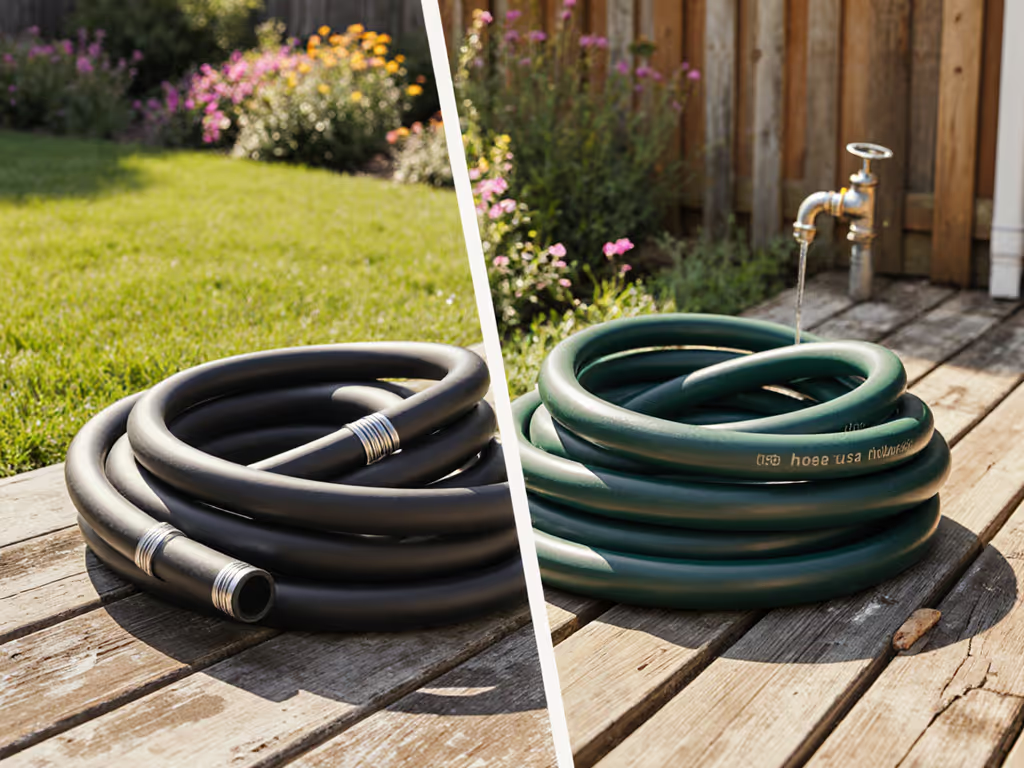
Modern Hybrid vs Traditional Rubber Garden Hose: Which Lasts?
Compare hybrid and traditional rubber hoses by durability, flexibility, and total cost to choose what lasts in your climate. Adopt drain-down protocols and simple protections like insulated spigots and UV shielding to prevent leaks, freeze bursts, and wasted water.
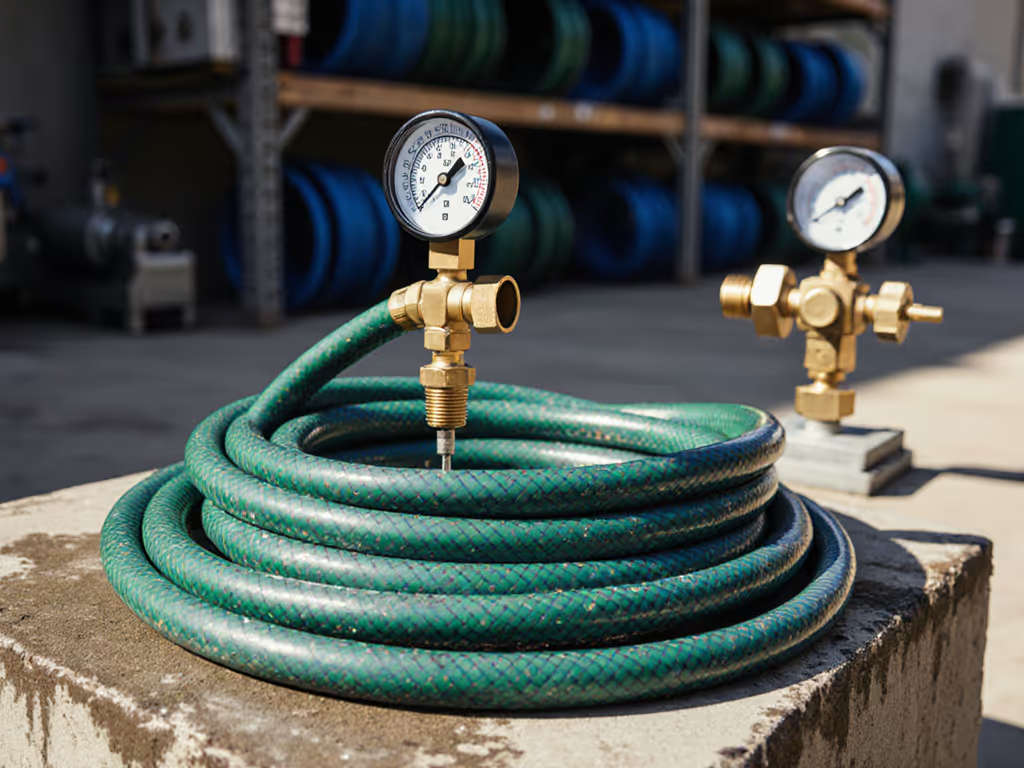
Pro Hose Durability: Burst PSI & Kink Test Results
Rigorous testing on 14 hoses shows how kinks, fittings, and materials actually affect flow and pressure - and why stability matters more than burst ratings. Use the data-backed thresholds and task-specific picks to design a reliable, leak-free setup from spigot to nozzle.
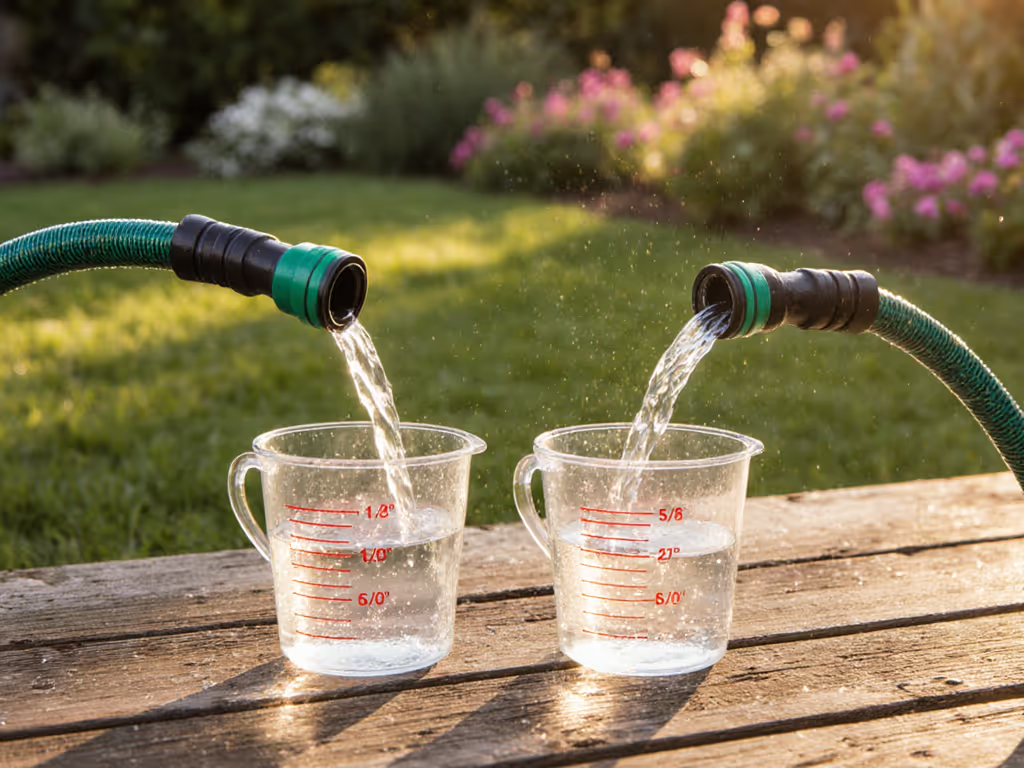
1/2 Inch vs 5/8 Inch Garden Hose Flow Rate Comparison
Learn why diameter matters more than length - 5/8-inch hoses deliver about 70% more flow than 1/2-inch - and when each size makes sense. Use a quick bucket test and task-based guidelines to size your hose for your yard, prevent pressure drop, and avoid costly do-overs.
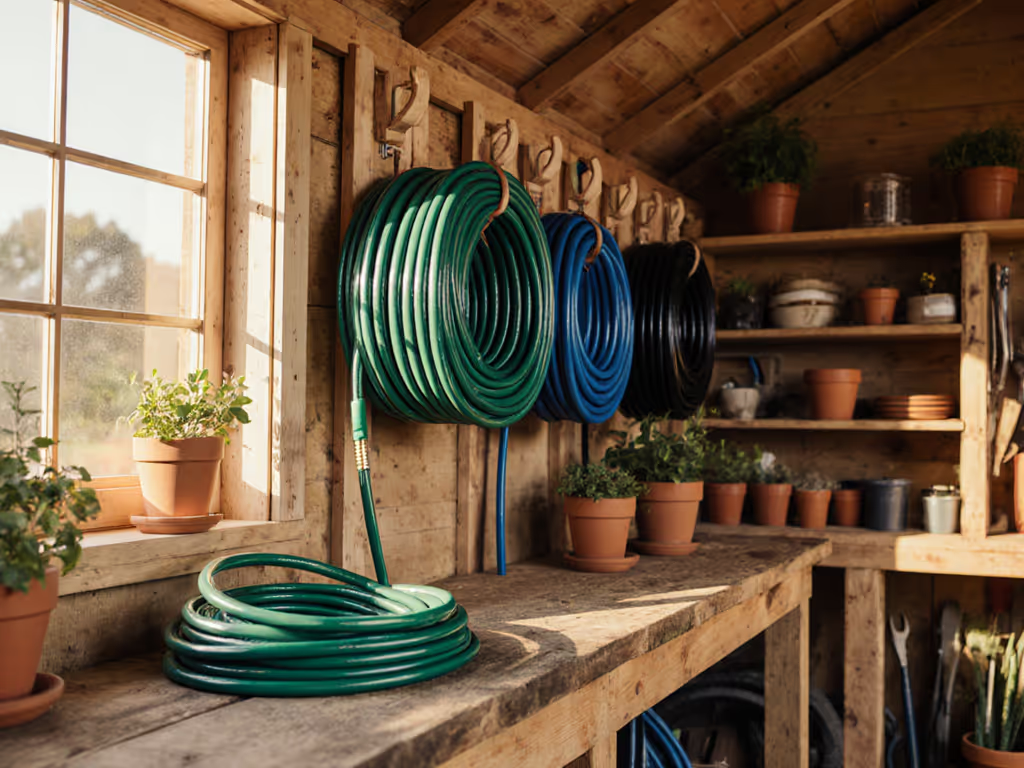
Best Space-Saving Coil Hoses: Garden Comparison
Get a practical comparison of space‑saving coil hoses that prioritize comfort, storage, and a food‑safe path to the nozzle. Understand which materials, fittings, and weights matter - plus see tested picks matched to gardens from patios to freeze‑prone yards.
